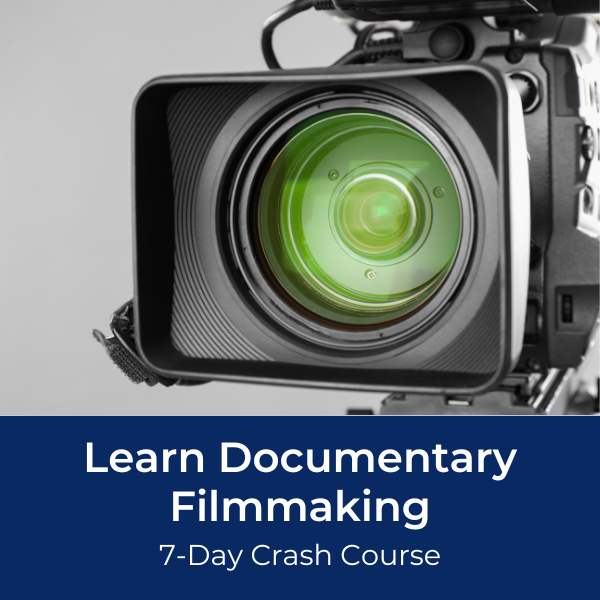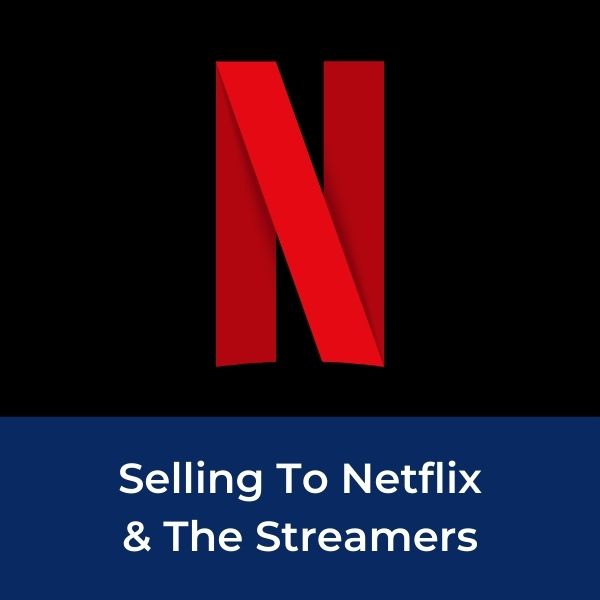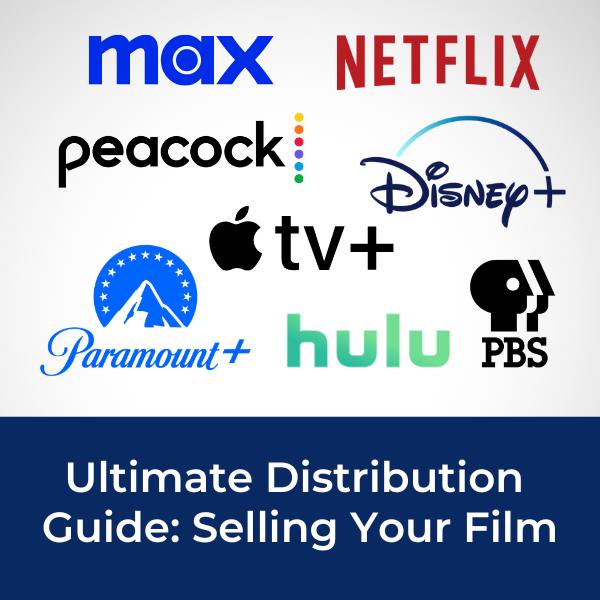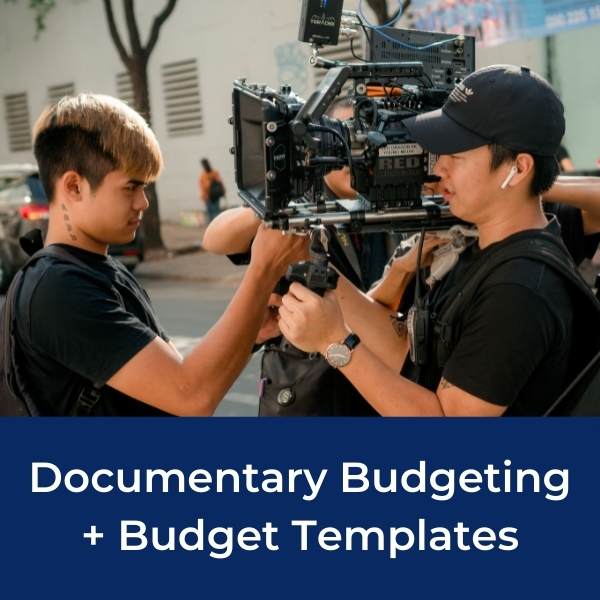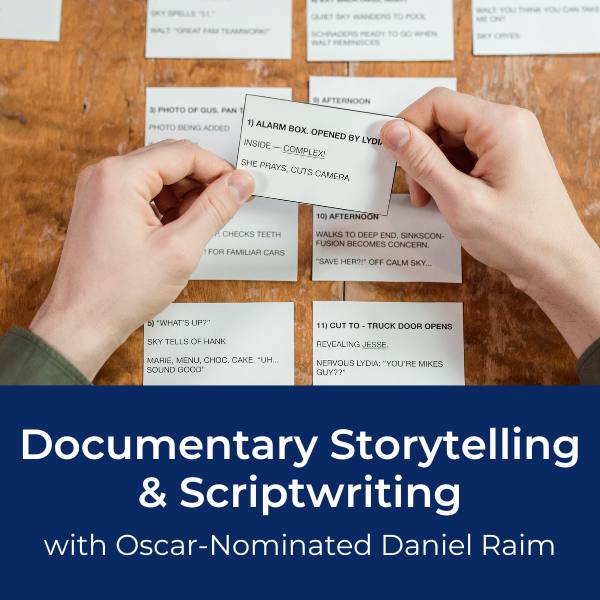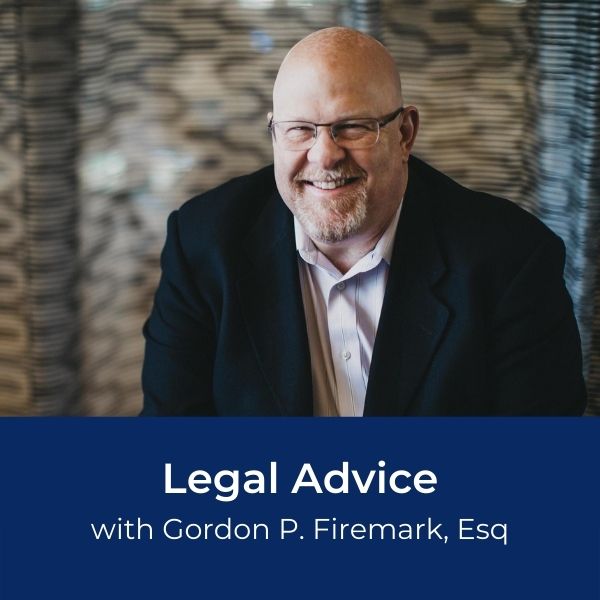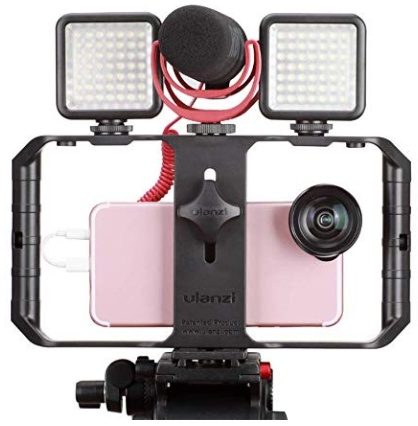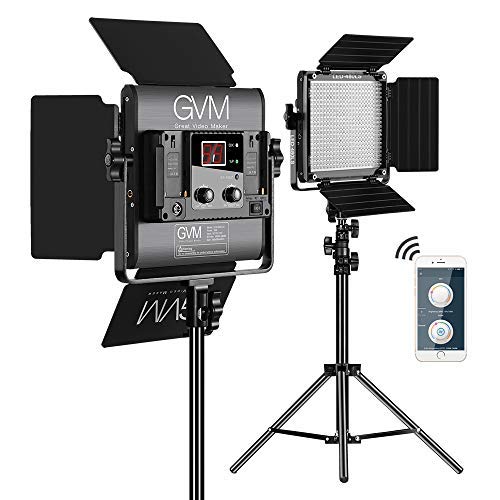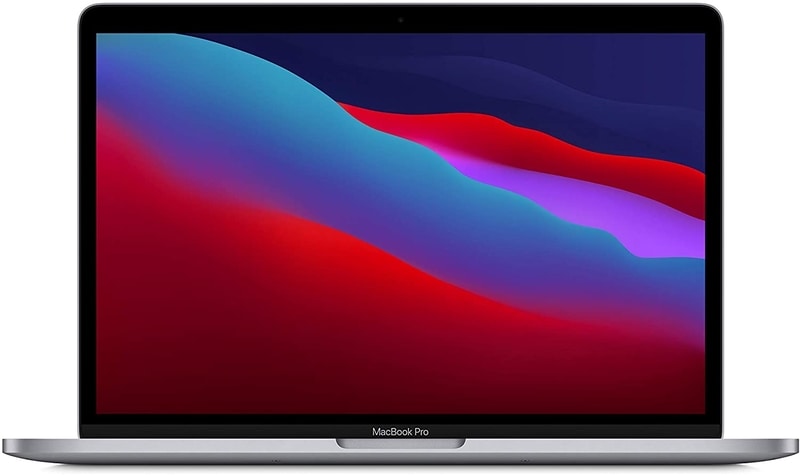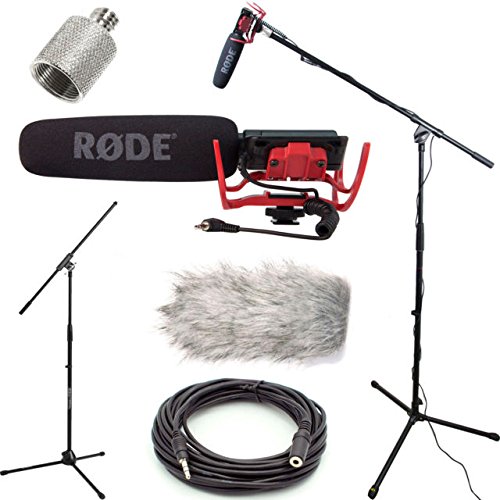Quick Facts:
A History of Documentaries
There are many books that go into depth on the history of documentaries, so to keep it short and web friendly, here are a few key highlights.
Documentary History Highlights
- The very first films (pre-1900’s) were called "actuality films" because they captured short snippets of real "actual" events, such as a boat pulling up to the dock or workers leaving a factory. So in essence, the first movies ever made were documentaries, also called newsreels.
- 1920’s Russia - Perhaps the true spirit of the documentary starts with a young poet and film editor named Dziga Vertov. He and his group created a series of educational newsreels called the Kino-Eye (literally, "cinema truth") during the Russian Revolution.
- Nanook of the North - by American filmmaker, Robert Flaherty (1922) - Considered the first "original" documentary, this film profiles the lives of a real Eskimo family.
- 1926 - the first recorded mention of the term "documentary" (by Scottish-born filmmaker John Grierson) to describe a non-fiction film.
- 1930’s & 1940’s – the documentary becomes a valuable propaganda tool for governments such as Nazi Germany, America and Britain, especially during WWII.
- Cinéma Vérité and Direct Cinema (1950’s – 1970’s) - with the advent of new technology and lighter camera equipment, new filmmaking styles emerged to capture more "spontaneous" events.
- 1960’s – 1990’s - Television becomes an important outlet for documentary filmmaking, putting more of an emphasis on journalistic and educational programs (i.e. Ken Burns’s Civil Warseries, 1990).
Documentaries today are experiencing a boost in popularity with the help of blockbusters such as Fahrenheit 911, SuperSize Me and An Inconvenient Truth.
It is truly an exciting time to be a documentary filmmaker. Never before have there been so many opportunities to get your story told and seen.
Literally, all you need is a camcorder & a computer and you can be in the movie-making business!
Related Articles:
- What Is A Producer?
- Filmmaking 101: What Is Video Production
- Analyzing Award-Winning Documentaries. What Makes Them Great?
- Coming Up With A Great Documentary Idea
Ready To Make Your Dream Documentary?
Sign up for our exclusive 7-day crash course and learn step-by-step how to make a documentary from idea to completed movie!
